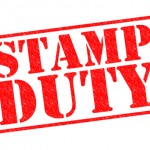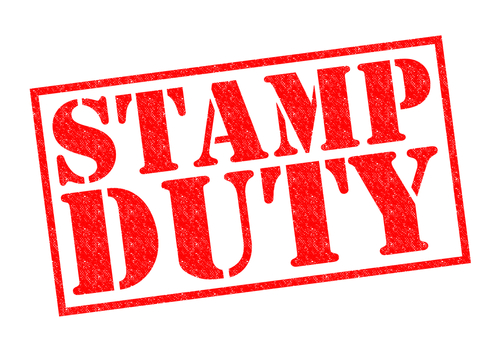Ahead of the new stamp duty 3% surcharge coming into effect on Friday 1 April, Sean Randall, head of stamp taxes at KPMG UK, has some last minute warnings for buyers who might be caught out. Beware chain breaks Chain breaks are frustrating and stressful at the best of times, but the changes to the […]
 Ahead of the new stamp duty 3% surcharge coming into effect on Friday 1 April, Sean Randall, head of stamp taxes at KPMG UK, has some last minute warnings for buyers who might be caught out.
Ahead of the new stamp duty 3% surcharge coming into effect on Friday 1 April, Sean Randall, head of stamp taxes at KPMG UK, has some last minute warnings for buyers who might be caught out.
Beware chain breaks
Chain breaks are frustrating and stressful at the best of times, but the changes to the stamp duty rules mean there could now be even more stress ahead for those whose buyers drop out. If a buyer is funding the purchase of a new home with the sale of their existing home and their buyer pulls out but they still want to go ahead – perhaps by using a bridging loan – they will now be liable for the stamp duty surcharge because they will technically own two residential properties at completion.
This unwanted side effect of the new rules could potentially punish those second, third or fourth steppers looking to move up the property ladder who, through no fault of their own, are temporarily reluctant owners of two homes. And although the cost of the stamp duty surcharge may be partially met by the buyer keeping the deposit paid under the failed sale contract, there will often be a significant shortfall for them to fund if they still want to go through with the purchase of their new home. The extra tax will be repaid, but only if the old home is sold within 36 months.”
A tax on newlyweds?
While the government backs married couples through certain tax breaks, the new stamp duty rules could have the opposite effect (and the same goes for civil partners). The issue comes in when one spouse already owns a property. This is because under the new rules, married couples and civil partners are treated as one buyer. In essence, ownership of an existing home by one partner will infect the purchase of the couple’s first home together.
Of course, the relevant partner could just sell their old home to avoid paying the extra stamp duty on the couple’s new home. But this might be easier said than done. For example, they may suffer a high redemption penalty by selling. They may also have planned to ‘let to buy’ – turning the home they live in (and own) into a rental property to let to tenants and using the cash produced by remortgaging the property to fund the purchase of their new home.
For couples in this boat, it could well be a case of living in an unsuitable home for the first few years of married life until they can afford to sell their existing property. Or for unmarried couples perhaps the answer is don’t get married – the rule doesn’t apply to unmarried couples, unless, that is, they live in Scotland.
A blow for first time buyers
Although the stamp duty changes are designed to dissuade people buying buy-to-lets and second homes so as to help home-buyers, ironically a side effect is the potential unintended impact on first time buyers borrowing from the ‘bank of mum and dad’.
In cases where the mortgage lender insists on the buyer’s parents owning a nominal share of the property, as is typical, the parents’ ownership of their family home will infect their child’s purchase, making it subject to increased stamp duty. Essentially, for first time buyers in this situation, and for the parents who have saved to help their child afford a home, the extra cost could prevent the child taking that first step onto the property ladder.
The key is for all buyers to make sure they understand the new stamp duty rules fully before committing to a purchase – of course they may still go ahead, but to be forewarned is certainly to be forearmed, in this case against a potentially significant impact on their pocket.
Note: In all of these examples, for a £500,000 purchase, the stamp duty charge in these circumstances will be double the amount that would be payable if the surcharge didn’t apply.














